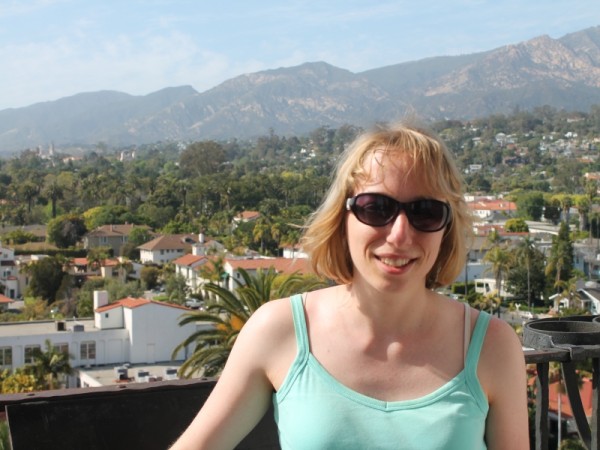Hi, I’m Helen Pickering and I work in DIO’s Communications team. A lot of my day-to-day job revolves around DIO’s social media channels, so when I was approached to see if I was interested in using that knowledge in a secondment elsewhere in MOD I was very interested.

About SJFHQ
My first few days were a flurry of meeting people and learning about the structure and functions of the SJFHQ Group and JFC. SJFHQ is a deployable headquarters, currently led by Major General Stuart Skeates. It consists of three separate but related organisations – the Standing Joint Force Logistic Component, the Joint Force Headquarters and the Standing Joint Force Headquarters. The HQ can take on a number of roles, from humanitarian aid and disaster relief to ‘warfighting’ as my military colleagues call it. SJFHQ Group is progressing towards achieving full operating capability next year.
Learning the Lingo
Having worked in MOD for three years I thought I was aware of most of the acronyms we use, but I couldn’t have been more wrong. My lexicon has expanded significantly as a result of my time at SJFHQ. Before, C2 was a job grade for an MOD civilian, but now I know that depending on context it might also mean ‘command and control’. I have grown used to exercise being known as ‘phys’ and have lost count of the number of times I heard someone say ‘on the operational level’.
![Exercise is commonly referred to as 'phys' in the Armed Forces. [Crown Copyright/MOD 2008]](https://insideDIO.blog.gov.uk/wp-content/uploads/sites/29/2017/04/45148923-187x300.jpg)
I really learned a lot in my time away and have tried to pass that on to colleagues in DIO. For example, the SJFHQ team went on a maritime familiarisation visit to HMNB Devonport and I was able to tag along. I can’t pretend I followed everything in the briefings we heard, but I certainly know more about the Royal Navy now than I did before. We were also lucky enough to be given a tour of HMS Bulwark, an amphibious assault ship, and watch a damage control exercise on a Norwegian frigate.
![Standing Joint Force Headquarters staff visited HMS BULWARK for a brief on Maritime awareness. [Crown Copyright/MOD2017]](https://insideDIO.blog.gov.uk/wp-content/uploads/sites/29/2017/04/DR170031001-SJFHQ_on_Offshore_Raiding_Craft.jpg)
2 comments
Comment by Stephen Fisher posted on
Great 'dit', Helen. I'm glad that you enjoyed working with us and it was a pleasure to have you on our team.
all the best - Stephen Fisher, former SO1 J4, now in Somalia.
Comment by DIO Communications Team posted on
Thank you! Great to hear from you, hope all is going well in Somalia.
Helen